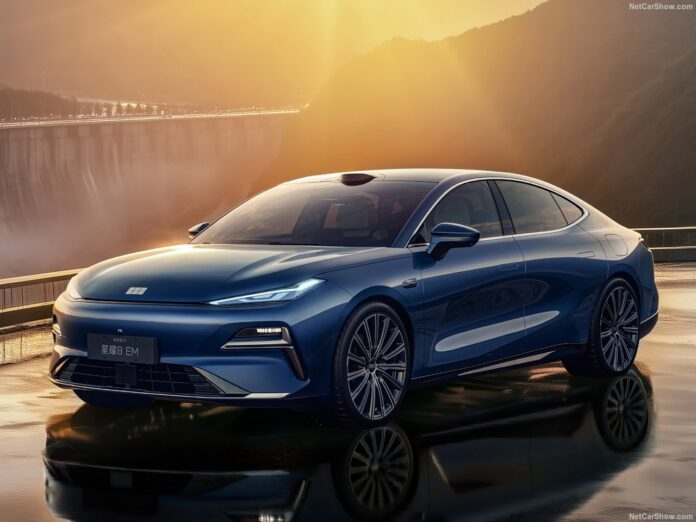Chinese Auto Market in 2025 expands swiftly. YTD sales up to July grew 9%, with Geely as the standout performer, rising 90.6%. BYD, however retained leadership while also claiming EV top spot.
Economic Environment
Automotive Industry Trend and Outlook
China’s car market continues to expand in 2025, after surging between Q1 and Q2, and stabilizing towards the end of H1. Up to July, it totaled 12,99 million sales and gained 9% in year-on-year volume.
Brand-wise, BYD ranked 1st with a 12.8% share (+3.6%) while Geely -up 2 spots- followed in 2nd with a 9% share (+90.6%).
Volkswagen dropped 1 spot to 3rd place (+0.5%) followed by Toyota -down 1 spot- in 4th (+6%), Changan -up 1 spot- in 5th (+7.1%) and Chery -up 6 spots- in 6th (+33.3%).
Wuling -up 3 spots- ranked 7th (+14.8%), followed by Honda -down 3 spots- in 8th (-28%), BMW -down 2 spots- in 9th (-15.9%) and Audi -down 1 spot- in 10th (-11.3%).
To see the best-selling ranking in China, you can refer to the dedicated article. The new leader was the BYD SONG -up 1 spot- with a 2.3% growth, followed by the Geely Xingyuan which climbed 697 spots and ranked 2nd with outstanding growth.
EV Market Trend and Outlook
China’s EV market continues to expand in 2025. Several brands were able to achieve global rankings through domestic sales alone thanks to strong internal demand for EVs. YTD sales up to July grew 29.1%, reaching a 44% share of total vehicle sales.
BYD held the top spot with a market share of about 28.8%, growing 2.7%. Geely surged up 4 spots to claim 2nd place as the Xingyuan rose several spots into models rankings. Wuling secured 3rd spot, up 33% while Tesla fell 2 spots, losing 6.5% and being outpaced by domestic carmakers.
Medium-Term Market Trend
China’s car market, the world’s largest, accounts for nearly 30% of global sales and over 75% of global electric vehicle sales. The market’s booming phase culminated in 2017, reaching an all-time high of 25.54 million units, a nearly 30% increase over the 2014-2017 period, driven by rapid economic growth, urbanization, and increased consumer purchasing power.
In the subsequent three years, the market declined, dropping almost 17% by 2020, stabilizing around 21 million units due to economic headwinds, trade tensions, and market saturation.
Starting from 2021, the market began its recovery, aided by government incentives and a focus on new energy vehicles. Over the following four years, the market grew 6%, reaching 23.288 million units in 2024.
During the 2014-2024 decade, China’s EV market experienced significant growth. Sales reported steady increases, accelerating in 2021 (+149%) and 2022 (+81.6%), continuing the momentum to reach 9.404 million units in 2024, with a 40% market share. This growth can be attributed to strong government support, technological advancements, and increased consumer acceptance.
Tables with sales figures
In the tables below we report sales for all Brands, top 10 Manufacturers Group and top 10 Models.











